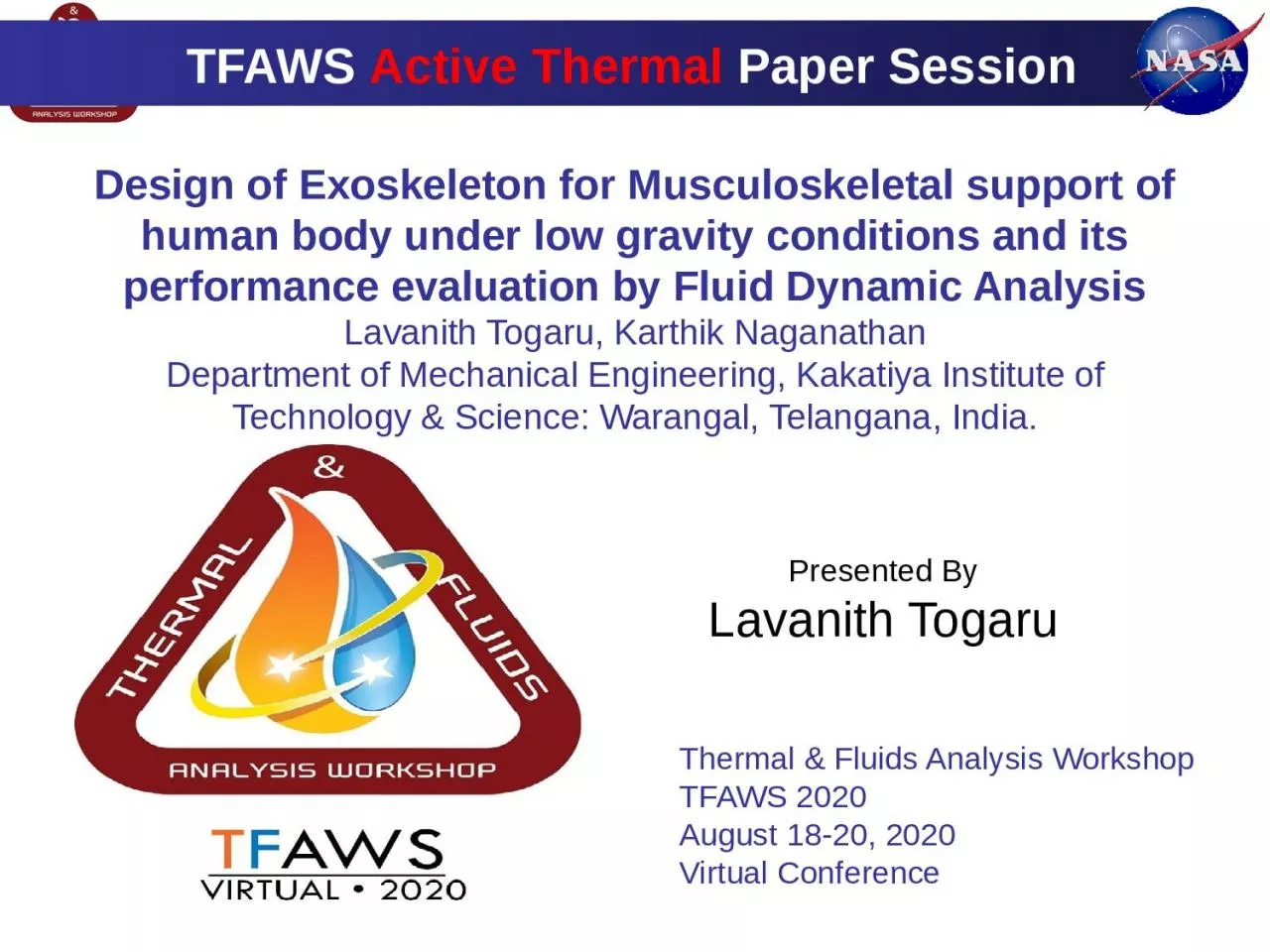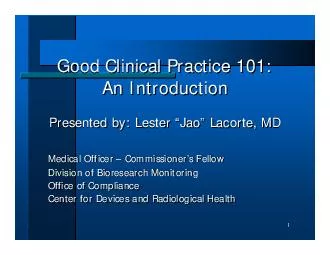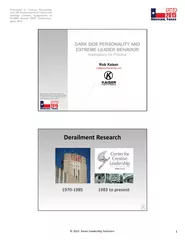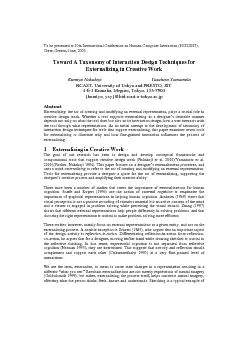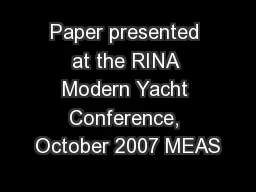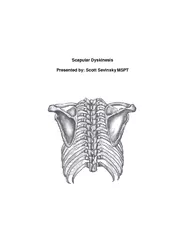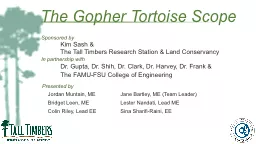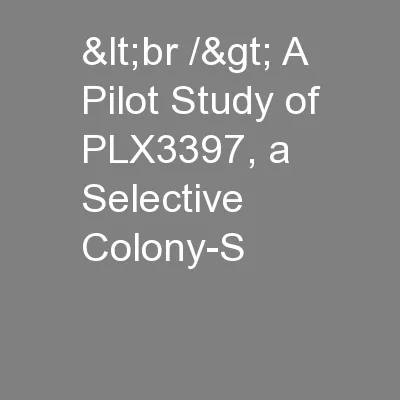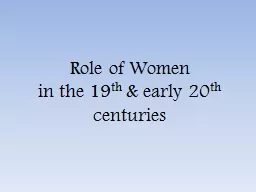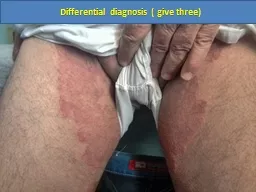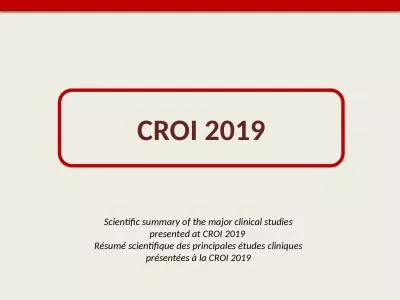PPT-Presented By Lavanith Togaru
Author : susan | Published Date : 2024-03-13
Design of Exoskeleton for Musculoskeletal support of human body under low gravity conditions and its performance evaluation by Fluid Dynamic Analysis Lavanith Togaru
Presentation Embed Code
Download Presentation
Download Presentation The PPT/PDF document "Presented By Lavanith Togaru" is the property of its rightful owner. Permission is granted to download and print the materials on this website for personal, non-commercial use only, and to display it on your personal computer provided you do not modify the materials and that you retain all copyright notices contained in the materials. By downloading content from our website, you accept the terms of this agreement.
Presented By Lavanith Togaru: Transcript
Download Rules Of Document
"Presented By Lavanith Togaru"The content belongs to its owner. You may download and print it for personal use, without modification, and keep all copyright notices. By downloading, you agree to these terms.
Related Documents

